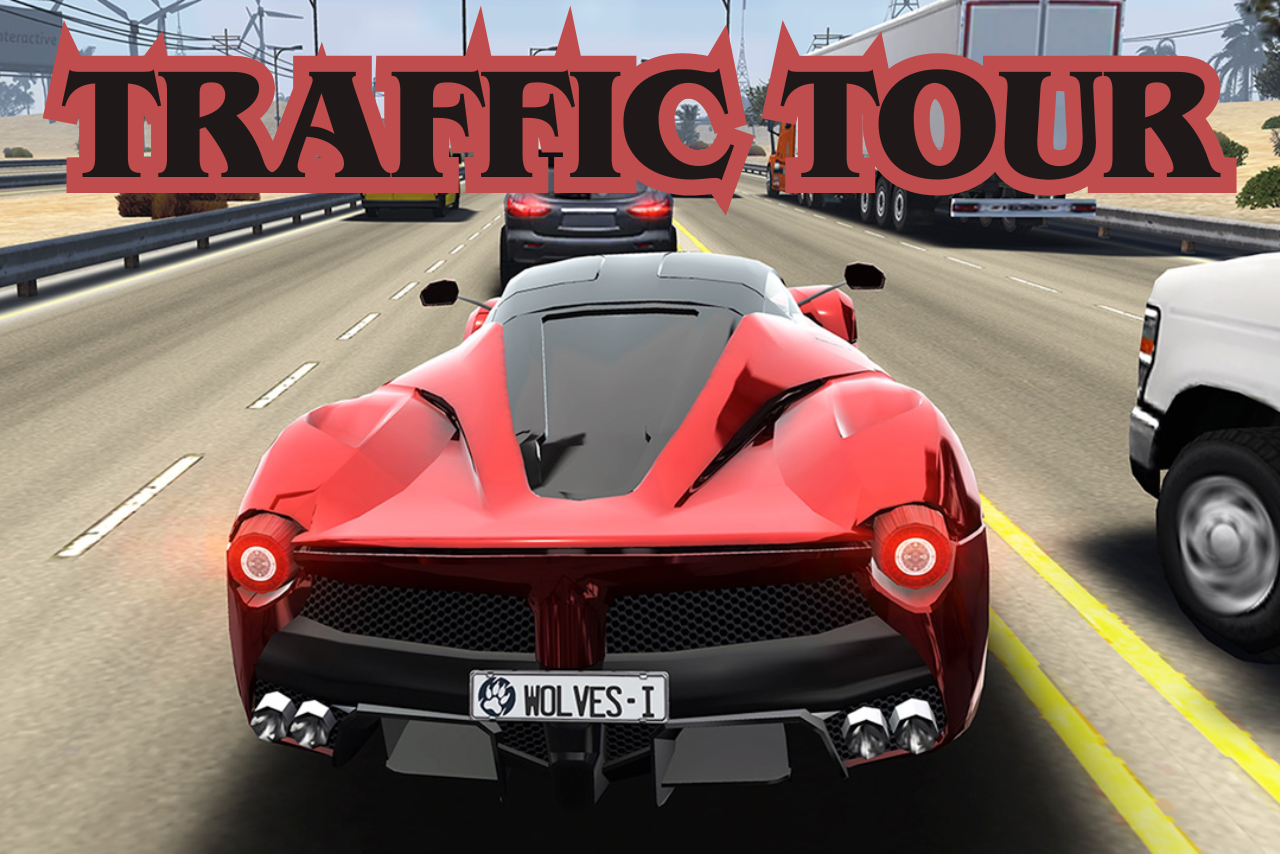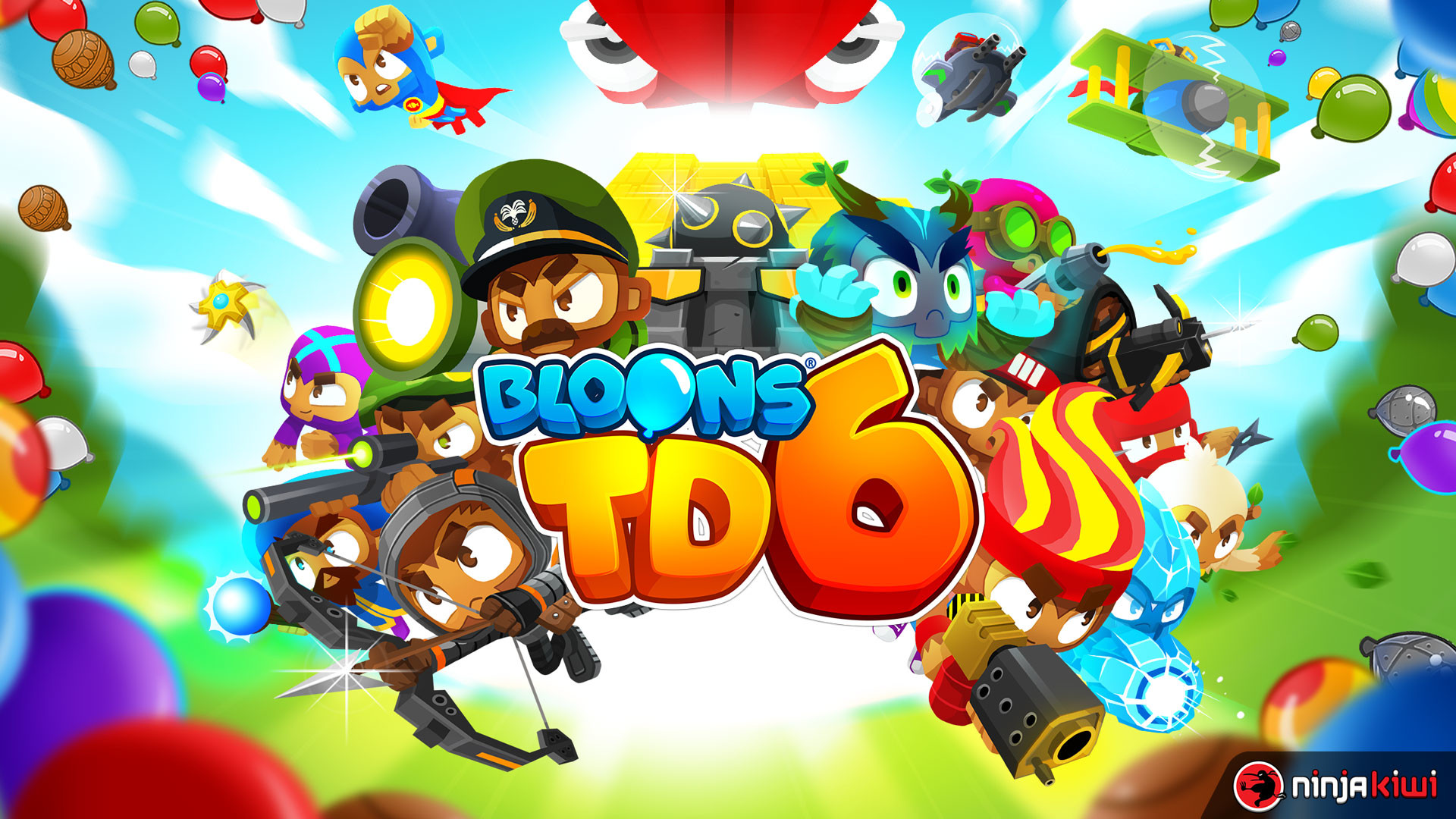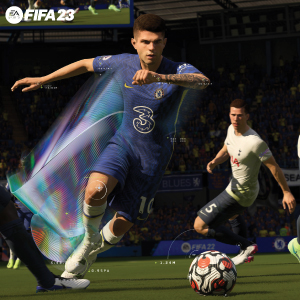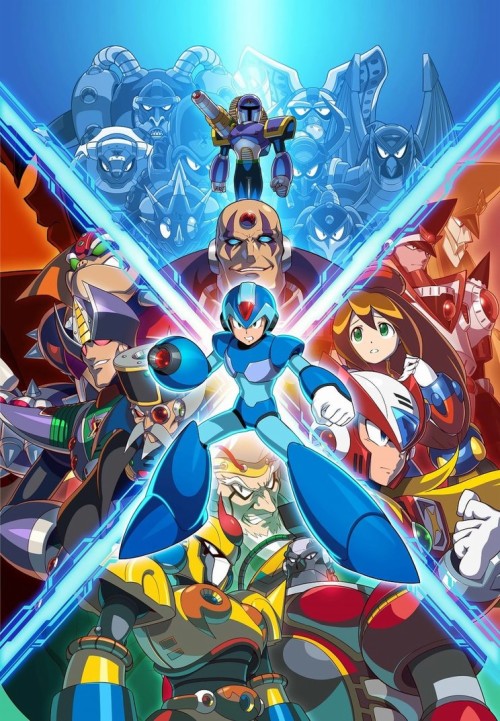Mega Man – A Legendary Franchise in the World of Action Gaming
Introduction: The Rise of a Gaming Icon
Mega Man, a pioneering action platformer developed by Capcom, first burst onto the scene in 1987. Known for its challenging gameplay, iconic characters, and innovative mechanics, the franchise has since become one of the most beloved in the world of gaming. Mega Man is famous for its fast-paced action, diverse robot enemies, and the iconic blue bomber himself, Mega Man. Over the years, the series has grown into a multi-platform phenomenon, influencing many subsequent games in the action and platformer genres. In this article, we will explore the origins, evolution, gameplay mechanics, and cultural impact of Mega Man, as well as its lasting legacy in gaming.
1. Origins and Early Development: The Birth of Mega Man
A New Era in Action Platformers
Mega Man was originally conceived by Keiji Inafune, a designer and artist at Capcom, who wanted to create a character and game that would stand out in the increasingly crowded video game market of the late 80s. The first game, Mega Man (1987), introduced players to a unique concept: the ability to defeat robot bosses and gain their powers, a mechanic that would become one of the defining features of the series.
The Initial Concept
Capcom, under the direction of Inafune, wanted to make a game that was both challenging and rewarding. Mega Man’s debut on the NES was marked by tight controls, memorable music, and a series of difficult levels. Players had to strategically choose which robot bosses to face first, and each one offered a new weapon for Mega Man to use against other enemies, further enhancing the strategic depth.
Pros:
-
Innovative gameplay mechanics (e.g., weapon acquisition from defeated bosses)
-
High challenge level with a rewarding experience
-
Memorable soundtrack that still resonates with fans today
Cons:
-
High difficulty might deter younger or casual players
-
Limited graphics and sound due to hardware constraints
2. Gameplay Mechanics: A Platformer Revolution
Action, Strategy, and Power-Ups
The core gameplay of Mega Man revolves around platforming, shooting, and defeating robot bosses. Each stage in the game has unique enemies and obstacles, requiring players to adapt to different strategies. The most innovative feature, however, was the ability to gain new abilities after defeating a boss. These powers could be used against other enemies and stages, adding a layer of strategy to the game.
The Boss Battle System
The game’s most famous mechanic is the ability to choose the order in which you fight robot bosses. Each boss has a weakness to a particular weapon, and discovering these weaknesses is key to progressing. This system added a level of replayability to the game and made each playthrough feel fresh.
Pros:
-
Weapon switching adds variety and strategic depth
-
Replayability due to non-linear boss order
-
Challenging levels with creative level design
Cons:
-
Some players may find the difficulty too high
-
The "trial and error" method of finding weaknesses can be frustrating
3. The Evolution of Mega Man: A Franchise Grows
The NES Sequels: Expanding the Concept
Following the success of Mega Man, Capcom released Mega Man 2 (1988), Mega Man 3 (1990), and subsequent sequels on the NES. These games refined the gameplay, introduced new robot masters, and expanded on the series' mechanics. Mega Man 2 is often regarded as one of the greatest video games of all time, thanks to its balance of difficulty, level design, and memorable music.
Expanding the Universe: Spin-offs and New Platforms
The franchise didn’t stop with the NES. In the early 90s, Mega Man X was introduced for the Super Nintendo, offering a more refined, faster-paced version of the series. Mega Man X is often considered one of the best entries in the franchise due to its more modernized gameplay, deeper lore, and introduction of new mechanics, like the dash ability.
Pros:
-
Successful sequels refined gameplay and added variety
-
Mega Man X brought fresh mechanics and a darker tone
-
Expanding universe with different game styles
Cons:
-
Some sequels had diminishing returns in terms of creativity
-
Early versions of Mega Man X might feel dated by modern standards
4. The Spin-offs: Mega Man’s Diverse Appeal
Mega Man Legends and the 3D Shift
While the traditional 2D side-scrolling platformers defined the Mega Man brand, the series ventured into 3D with Mega Man Legends (1997), a shift that divided fans. The game took a more action-adventure approach, focusing on exploration and a deeper narrative. Mega Man Legends was well-received for its innovative use of 3D and its emphasis on story but was seen as a departure from the original’s core formula.
Battle Network & Star Force: A Different Kind of Combat
The Mega Man Battle Network series (2001-2006) introduced real-time, tactical grid-based combat, shifting the focus away from platforming and towards strategy. This spin-off was particularly popular on the Game Boy Advance, offering a fresh take on the Mega Man franchise while maintaining its core spirit.
Pros:
-
Mega Man Legends introduced innovative 3D gameplay
-
Battle Network series offered tactical combat and an engaging story
-
Spin-offs appeal to different types of gamers
Cons:
-
3D games like Legends weren’t as universally loved as the 2D platformers
-
The Battle Network series’ unique gameplay might not appeal to all fans
5. Visuals and Sound: The Aesthetic of Mega Man
Pixel Art and Iconic Soundtracks
The original Mega Man games featured simple but charming pixel art, with colorful robots and imaginative backgrounds. The later entries, especially the Mega Man X series, expanded on the visuals with more detailed sprites and backgrounds. Despite the basic graphics of early games, the series became known for its iconic, vibrant style.
Music: A Pillar of the Franchise
One of the most beloved aspects of Mega Man is its music. The series is known for its catchy, upbeat tunes that perfectly complement the action. Each level has its own memorable track, and these soundtracks have been widely praised, with Mega Man 2 often cited as having one of the best video game soundtracks of all time.
Pros:
-
Iconic pixel art and vibrant visuals
-
Memorable, catchy soundtracks that stay with players long after the game ends
Cons:
-
Early titles may seem dated in terms of graphics
-
Some soundtracks may feel repetitive over time
6. The Mega Man Legacy: Influence and Impact
Cultural Impact
Mega Man is more than just a video game series—it’s a cultural touchstone in the world of gaming. With its challenging gameplay, unique characters, and memorable boss fights, it set the standard for action platformers. Many games, from Shovel Knight to The Messenger, have drawn inspiration from Mega Man, paying homage to its core mechanics and visual style.
Iconic Characters and Legacy
The series also introduced many iconic characters, from the titular Mega Man to his various robot masters and allies like Rush and Proto Man. These characters have appeared in multiple games, comics, and even animated series, cementing their place in gaming history.
Pros:
-
The franchise has influenced many modern games
-
Iconic characters with lasting appeal
-
Cultural recognition beyond just the games
Cons:
-
The series may feel repetitive to modern players who prefer more open-world or dynamic gameplay
-
Some characters and themes feel dated to newer audiences
7. Challenges and Missed Opportunities
Struggles with Innovation
Despite its success, Mega Man has faced criticism for not evolving enough with the times. Many fans lament the lack of innovation in later entries, particularly the decline of mainline entries after Mega Man 8 (1996). The series' attempts to innovate, like Mega Man X7 (2003), have often fallen flat.
Unfulfilled Potential in the Modern Era
With the rise of modern gaming technology, some argue that Mega Man has struggled to adapt to the current gaming landscape. While there have been recent attempts at reviving the series, such as Mega Man 9 (2008) and Mega Man 11 (2018), the franchise’s true potential remains largely untapped in the current era.
Pros:
-
Recent attempts at revival have seen positive reception
-
Mega Man 11 modernized the series for a new generation
Cons:
-
Limited innovation in recent releases
-
Missed opportunities for a full franchise reboot or modernization
8. The Mega Man X Series: A Timeless Classic
Modernization of the Franchise
The Mega Man X series remains one of the most beloved entries in the franchise, known for its faster gameplay, deep storytelling, and expanded mechanics. Games like Mega Man X4 (1997) and Mega Man X5 (2000) are often considered some of the best examples of how to balance action, narrative, and difficulty.
A More Mature Tone
Compared to the mainline Mega Man games, Mega Man X also explored more mature themes, such as the conflict between robots and humans, which gave the games a deeper, more philosophical tone.
Pros:
-
Mega Man X introduced faster-paced, refined gameplay
-
Deeper, more mature themes and better narrative design
Cons:
-
Later entries in the Mega Man X series struggled with quality and direction
-
Some players prefer the simplicity of the original games
9. Modern-Day Mega Man: Revivals and Remakes
The Return of Mega Man
In recent years, Mega Man has seen a resurgence. Mega Man 9 and Mega Man 10 were designed as retro throwbacks to the 8-bit era, while Mega Man 11 embraced more modern visuals and gameplay mechanics. The release of these games proved that there was still demand for the blue bomber.
Reboots and Remakes
Several of the older Mega Man titles have been remade, including Mega Man Powered Up (2006) for the PSP, and Mega Man Legacy Collection (2015), which bundled together classic games for modern platforms.
Pros:
-
Revival of the classic formula with modern touches
-
Remakes offer accessibility for new players
Cons:
-
Some fans feel the modern entries don’t capture the magic of the original series
-
The lack of a new, innovative entry leaves the franchise feeling stagnant
10. Conclusion: A Timeless Legacy
Mega Man has left a lasting mark on the world of video games. From its challenging gameplay to its memorable music and characters, the blue bomber has earned his place as one of gaming's most beloved icons. Despite facing challenges in recent years, Mega Man remains a timeless franchise that continues to inspire new generations of players. Whether you’re reliving the classics or exploring the new releases, the legacy of Mega Man is sure to continue for years to come.





























